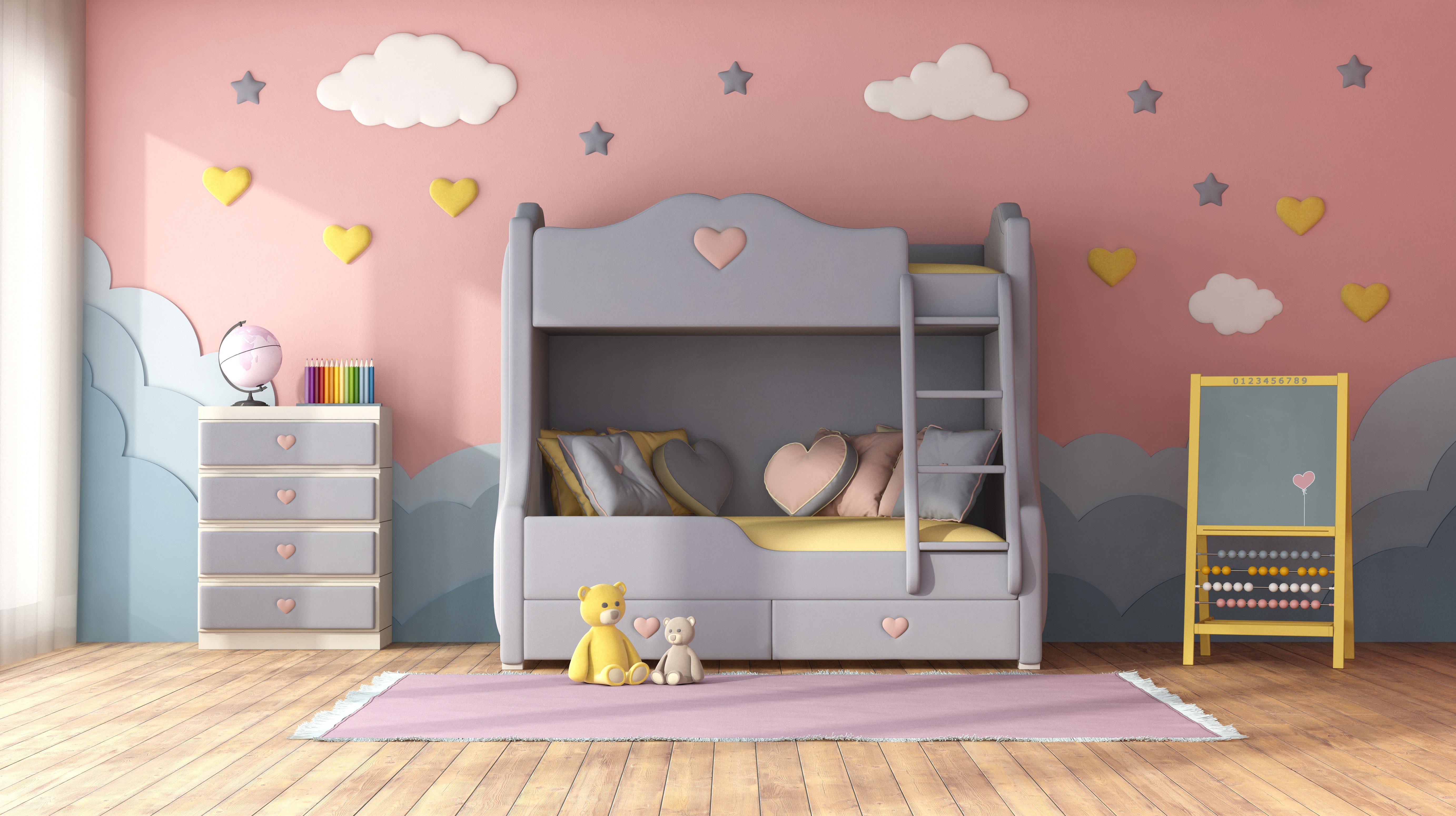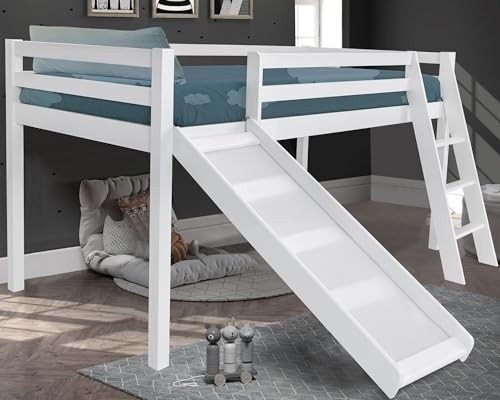
Bunk Bed Sale
Add a review FollowOverview
-
Founded Date April 13, 2019
-
Sectors test
-
Posted Jobs 0
-
Viewed 19
Company Description
9 Things Your Parents Taught You About Bunk Bed For Kids
The Ultimate Guide to Bunk Beds for Kids: Safety, Styles, and Solutions
Bunk beds have actually long been a popular option amongst moms and dads looking for to optimize space in their kids’s bed rooms. With benefits that exceed their compact design, bunk beds offer an enjoyable and practical sleeping arrangement while motivating brother or sister bonding and fostering imagination. In this detailed guide, we check out different aspects of bunk beds for kids, consisting of security considerations, different designs available, and suggestions for choosing the best one for your family.
Why Choose Bunk Beds?
Bunk beds are designed to stack one bed on top of another, making use of vertical space to create more space for play and storage. They are especially helpful for households with multiple children or minimal bed room space. Furthermore, they supply an adventurous sleeping environment that kids often delight in.
Key Advantages of Bunk Beds:
- Space-saving design: Ideal for small spaces or shared areas.
- Affordable: Often more cost effective than purchasing two separate beds.
- Motivates social interaction: Promotes bonding among brother or sisters or friends.
- Flexible choices: Available in different designs and configurations to suit any space style.
Safety First: Essential Considerations
When picking a bunk bed for kids, safety ought to be the top priority. The following features are crucial for ensuring a safe and secure sleeping environment:
Important Safety Features:
- Sturdy Construction: Ensure that the bed frame is made from long lasting materials such as solid wood or metal.
- Guardrails: Bunk beds ought to have guardrails on both sides of the upper bunk to prevent falls.
- Ladder Safety: A sturdy, integrated ladder or stairs with anti-slip rungs is vital for safe access to the top bunk.
- Weight Limit: Check the producer’s weight limitation capacity for both the top and bottom bunk.
- Bed mattress Size: Use the right bed mattress size as defined by the bed manufacturer to guarantee a snug fit within the bed frame.
Safety Tips for Parents:
- Monitor Sleep Habits: Teach children the importance of not playing on or leaping off the bunk beds.
- Age Appropriateness: Generally, the upper bunk appropriates for kids aged 6 and older.
- Regular Inspections: Periodically look for any loose bolts, screws, or structural damage.
Designs of Bunk Beds
Bunk beds come in a range of designs, permitting parents to pick one that complements their kid’s space design while conference particular needs. Below are some popular styles:
Popular Bunk Bed Styles:
- Traditional Bunk Beds: Simple and traditional styles made of wood or metal without any additional features.
- Loft Beds: Features a raised top bunk with space underneath for a desk, play area, or extra storage.
- L-Shaped Bunk Beds: Arranged in an L-shape, often perfect for corner areas and can have extra storage choices.
- Twin over Full Bunk Beds: A twin bed on the top and a bigger full-sized bed on the bottom, accommodating children or teens of numerous ages.
- Triple Bunk Beds: Designed to fit three beds in a single footprint, perfect for larger households or slumber parties.
A Comparison of Bunk Bed Styles
| Bunk Bed Style | Description | Best For |
|---|---|---|
| Traditional | Classic style with 2 stacked beds | Standard bed room setups |
| Loft Bed | Raised bed with usable space below | Research or play locations |
| L-Shaped | Bunk beds arranged in an L-shape | Corner spaces |
| Twin over Full | Twin bed on top, full bed listed below | Various age siblings |
| Triple Bunk | Three stacked beds | Big households or slumber parties |
Picking the Right Bunk Bed
When looking for the best bunk bed, think about the following factors to guarantee you make an informed choice:

Key Factors to Consider:
- Room Size: Measure the room dimensions to determine the proper size and height of the bunk bed.
- Child’s Age: Consider the age of your child(ren) when selecting a design and security features.
- Performance: Think about just how much storage or play space you require and whether the bunk bed need to serve extra functions.
- Spending plan: Set a budget that consists of not only the bunk bed however also the required mattress and accessories like bed linen or security gates.
FAQs About Bunk Beds for Kids
1. What age is suitable for a kid to sleep in the top bunk?
Generally, kids aged 6 and older ought to be able to safely oversleep the leading bunk, though you ought to always consider your kid’s maturity level.
2. Are bunk beds safe for young children?
It is not recommended for young children or really children to sleep in the leading bunk due to the danger of falling.
3. How do I preserve the bunk bed?
Inspect the bed regularly for any indications of wear and tear, tightening screws, and cleaning the mattresses to make sure extended security and durability.

4. Can I transform a bunk bed into 2 separate beds?
Many bunk beds are designed to be convertible, enabling you to separate the beds when required. Check the manufacturer’s specifications before acquiring.
5. How can I optimize space in a bunk bed room?
Utilize under-bed drawers, shelves, or lofted styles to create extra storage options in a room with a bunk bed.
Bunk beds provide a delightful mix of enjoyable, functionality, and space-saving utility, making them a best choice for young households. By thinking about security functions, numerous designs, and practical elements such as room size and age suitability, parents can select the best bunk bed for their child’s needs. With the right choice, bunk beds can transform a bed room into a magical space that encourages play, imagination, and bonding amongst brother or sisters. Constantly remember to focus on safety and upkeep to maximize this unique sleeping plan.